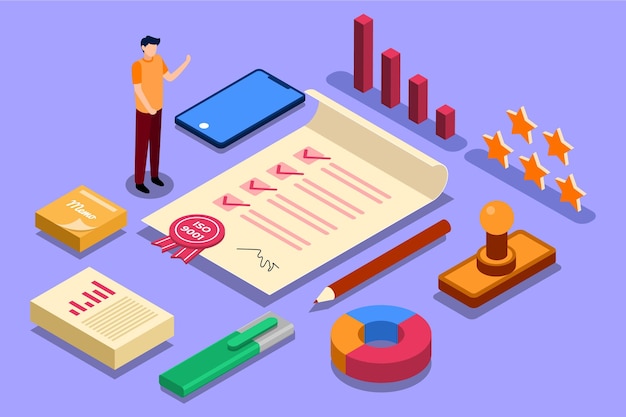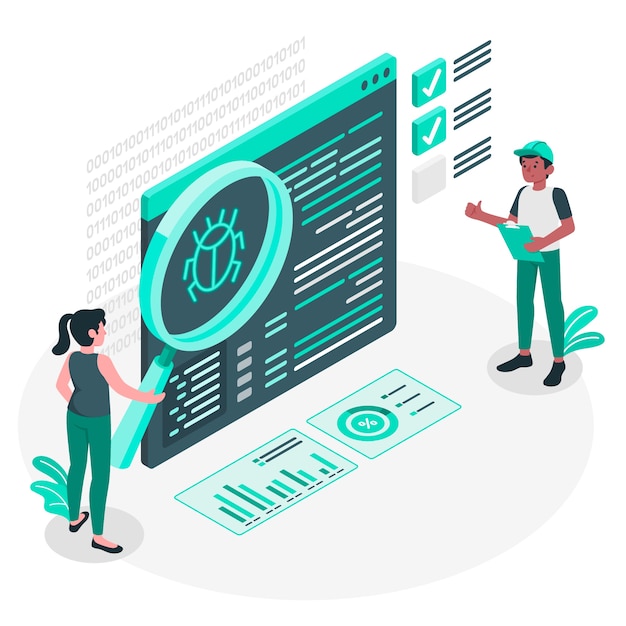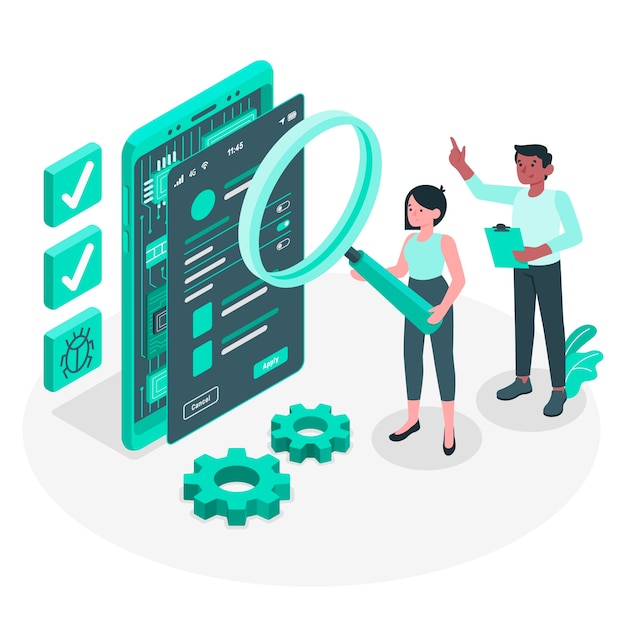Making sure a product works as intended is a highly detailed process. Usability testing is the industry standard when it comes to digital products such as apps and websites, but functional testing is also another method. They may sound similar in practice but are different in objectives.
Some managers may find the two confusingly alike; after all, both revolve around improving a product. There are also qualitative and quantitative factors in both testing methods and needs the participation of key product development personnel to conduct the process.
Take a look at how usability testing and functional testing differ, and how to use them effectively in improving your product:
Different Subjects: Product-centric and User-centric
The biggest difference between the two testing methods is the subject of the test. Functional testing gauges if the product meets the requirements expected of the product, while usability testing focuses on how easy it will be for users to use it. Usability is also an essential aspect of user experience research.
In testing functionality, aspects of the product are monitored carefully in the process. For instance, in testing software, testing teams check if buttons perform their assigned action or if it loads databases correctly, and other functions. Usability tests, on the other hand, have facilitators assigning users specific tasks to see if the experience is as smooth as projected, focusing on the satisfaction of users.
Various Kinds of Participants
Great user experience is the primary objective for testing. The people who do the testing, however, can be different types of people. For functional testing, testers must be knowledgeable about the product’s spec sheet or technical requirements. Most often, functionality testers are also developers or have extensive knowledge of how the product is supposed to work.
Usability testing works better with various subject matter experts, which may reflect on the kinds of users who will most likely use the product. They are headed by a facilitator and may likely be individuals or groups, and the tasks may range from specific fields (like making a mock purchase) to general usage (such as signing up for a website and browsing). The test users assess the product’s efficiency, accuracy, user-friendliness, and effectiveness of the system.
Timing of Tests and Assessment of Results
Agencies and professionals in user experience design services do functional and usability testing at different stages of creating a digital product. Normally, functional testing is done ahead of usability tests, as the software or website needs to have a working prototype first. Effective usability testing is held in the early design stage of the SDLC or software development lifecycle to ensure that the final output will deliver the projected user experience.
Usability testing also doesn’t stop right after the testing session. Sometimes, facilitators may encourage testers to give their insights. It’s not always about checking for bugs or usability issues. Sometimes, discovering a potential user issue could lead to revealing more bugs, or other unforeseen negative possibilities that were not spotted during QA or functional tests.
Conclusion
Functional testing and usability testing are important parts of developing digital products whether it’s an app, website, or other types of software. Decision-makers should know the difference between the two and why they’re both important, and how they’re best done by experts in the field. Helping companies in every development stage is User Experience Researchers Singapore (USER), a Singapore-based usability testing service provider. For inquiries, you can get in touch with us through https://www.user.com.sg/contact/.





